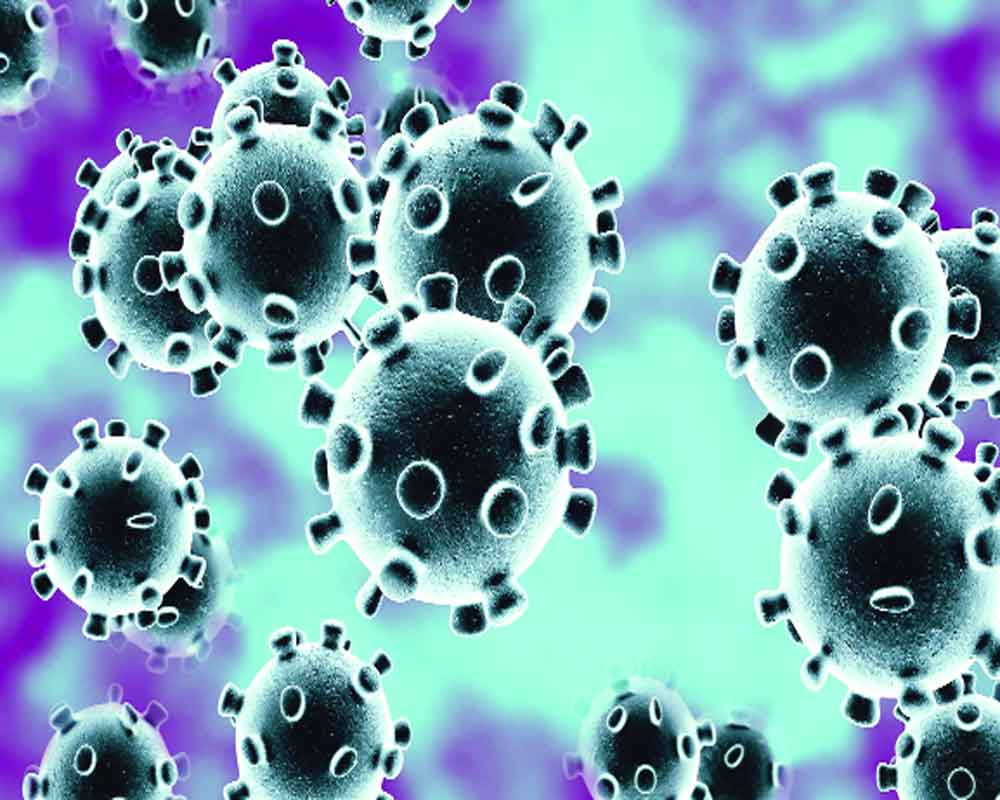With over 56 deaths and Wuhan city quarantined, DR KK Aggarwal tells you all there is to know about this deadly virus
Every decade a zoonotic coronavirus crosses species to infect human populations and in this decade, we have a virus, provisionally called 2019-nCoV, first identified in Wuhan, China, in persons exposed to a seafood or wet market.
The name of coronavirus comes from its shape, which resembles a crown or solar corona when imaged using an electron microscope.
The three deadly human respiratory coronaviruses viruses so far
- Severe acute respiratory syndrome coronavirus [SARS-CoV]
- nMiddle East respiratory syndrome coronavirus [MERS-CoV])
- 2019-nCoV: The virus is 75 to 80 per cent identical to the SARS-CoV
Pathogenesis
People infected with these coronaviruses suffer a severe inflammatory response.
- It has high mortality. In the current situation the mortality rate is 3 per cent. The severity of illness is concerning: almost a third of patients developed acute respiratory distress syndrome requiring intensive care; six patients died; five had acute cardiac injury; and four required ventilation.
- Its Zoonotic. It is closely related to several bat coronaviruses. Bats are the primary reservoir for the virus. SARS-CoV was transmitted to humans from exotic animals in wet markets, whereas MERS-CoV is transmitted from camels to humans. In both cases, the ancestral hosts were probably bats.
- It is more infectious to humans. Notably, 2019-nCoV grows better in primary human airway epithelial cells than in standard tissue-culture cells, unlike SARS-CoV or MERS-CoV. It is likely that 2019-nCoV will behave more like SARS-CoV.
- Human to human infection is weak. Both SARS-CoV and MERS-CoV infect intrapulmonary epithelial cells more than cells of the upper airways. Consequently, transmission occurs primarily from patients with recognised illness and not from patients with mild, nonspecific signs.
It appears that 2019-nCoV uses the same cellular receptor as SARS-CoV (human angiotensin-converting enzyme 2 [hACE2]), so transmission is expected only after signs of lower respiratory tract disease develop.
The median time from onset of symptoms to first hospital admission was 7·0 days (4·0–8·0), to shortness of breath was 8·0 days (5·0–13·0), to ARDS was 9·0 days (8·0–14·0), to mechanical ventilation was 10·5 days (7·0–14·0), and to ICU admission was 10·5 days.
- Its unlikely to spread by eating sea food in India. It has been traced to snakes in China so unlikely to spread in India by eating sea food. Reports indicate that snakes were sold in the local seafood market in Wuhan, raising the possibility that the 2019-nCoV might have jumped from the host species — bats — to snakes and then to humans. However, how the virus could adapt to both the cold-blooded and warm-blooded hosts remains a mystery.
The writer is President CMAAO, HCFI and past National President IMA
Transmission
Transmission of foodborne diseases on aircraft, including cholera, shigellosis, salmonellosis, and staphylococcal food poisoning, have been well documented.
Transmission of smallpox on aircraft was reported in 1965.
An outbreak of influenza occurred in 1979 among passengers on a flight that had a three hours’ ground delay before takeoff. The influenza attack rate among the passengers was very high (72 %), and was attributed to the ventilation system not operating during the ground delay. Epidemiological investigations have also indicated that measles may have been transmitted aboard international flights.
To date, no case of active TB has been identified as a result of exposure while on a commercial aircraft.
However, there is some evidence that transmission of M. tuberculosis may occur during long (i.e. more than eight hours) flights, from an infectious source (a passenger or crew member) to other passengers or crew members.
- It’s a large droplet infection. Transmission of 2019-nCoV probably occurs by means of large droplets and contact and less so by means of aerosols and fomites, on the basis of experience with SARS-CoV and MERS-CoV.
























